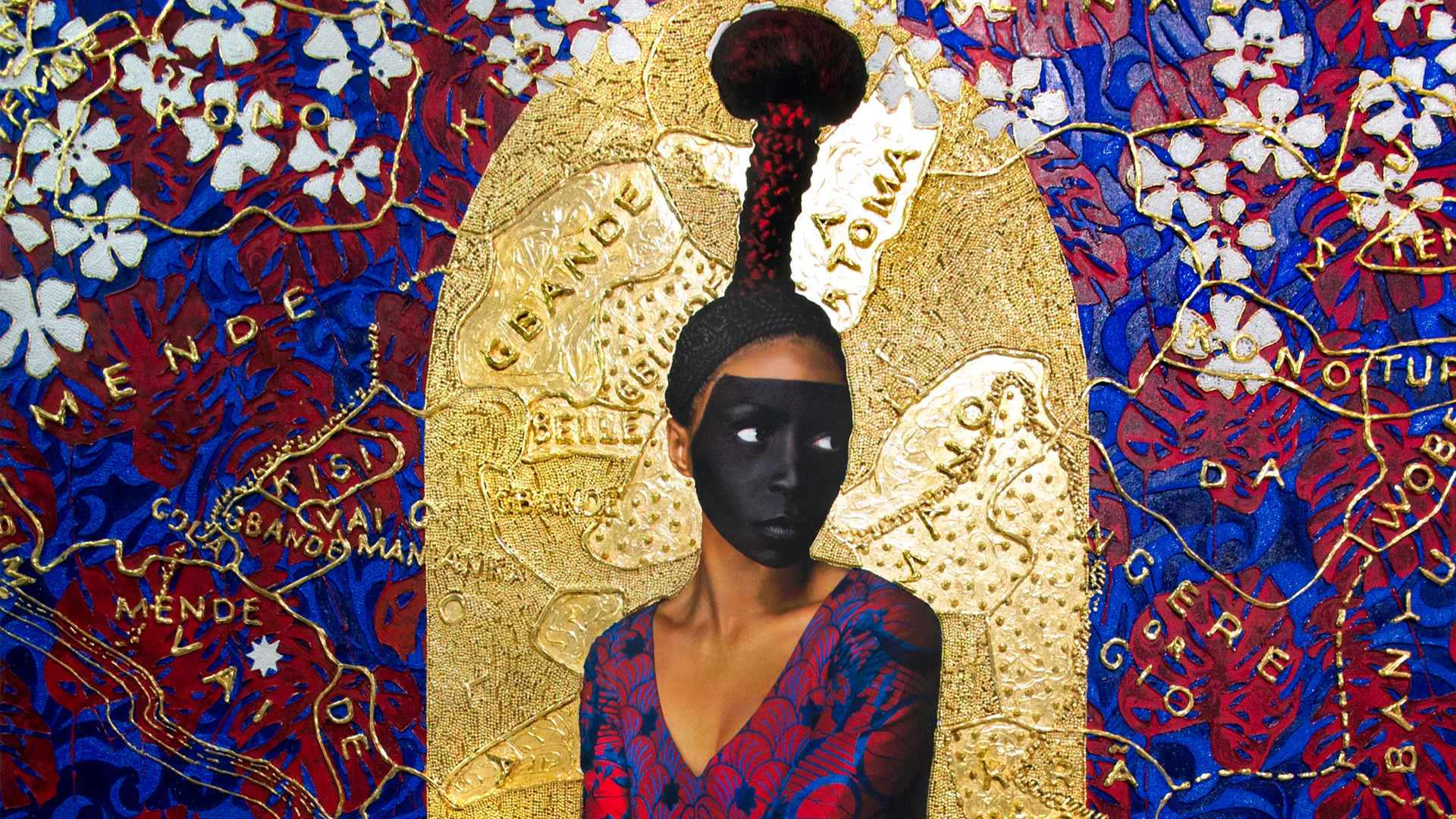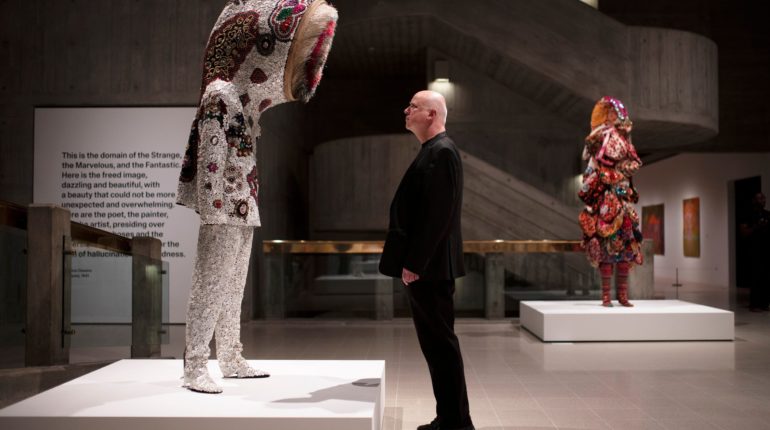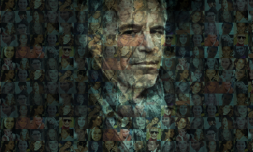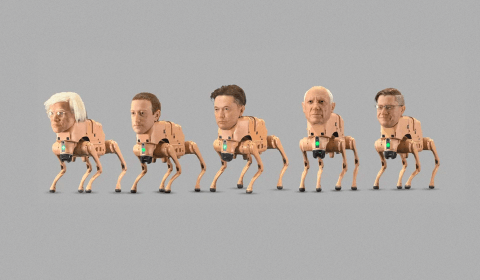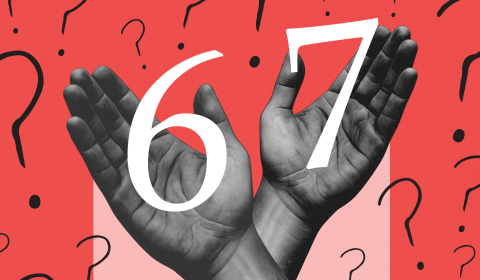London’s Hayward Gallery opens a new show featuring 11 artists from the African diaspora and, according to critics, it’s must-see.
Kara Walker and Nick Cave are just two of the artists showing in the Hayward Gallery’s ‘In The Black Fantastic’, which opened this June.
Curated by Ekow Eshun, chair of the Fourth Plinth (a London-based art commission bringing free contemporary art to Trafalgar Square), ‘In the Black Fantastic’ uses fantasy and spiritual traditions such as folklore, Afrofuturism, and science fiction, to explore racial identity.
Along with longstanding cultural traditions, the exhibition also draws inspiration from film and TV. Eshun cites Black Panther and Get Out as two key reference points for the show.
The exploration of racial belonging and the sense of being othered explored in both movies underpins ‘In the Black’s artistic themes, which Eshun says similarly explores ‘the language of fantasy from the Black perspective.’
‘I was interested in how artists explore this central question of race as a socially constructed fiction and as our lived reality by using myth or African culture survivals or spiritual practices. All these artists are conjuring new world, new visions through their work’ Eshun told Vogue.
By featuring a small number of only 11 artists, ‘In the Black’ gives each of them the space to really establish those visions.









